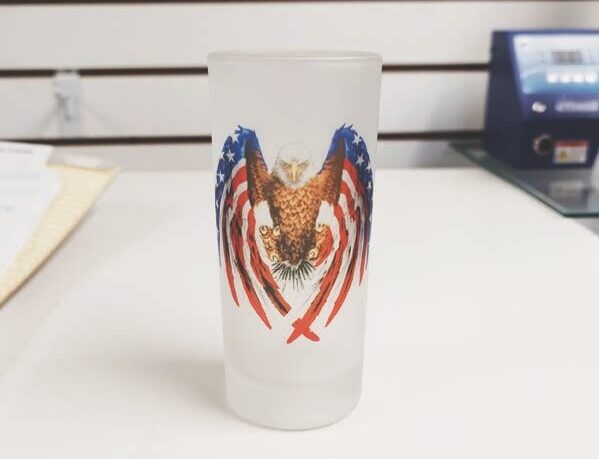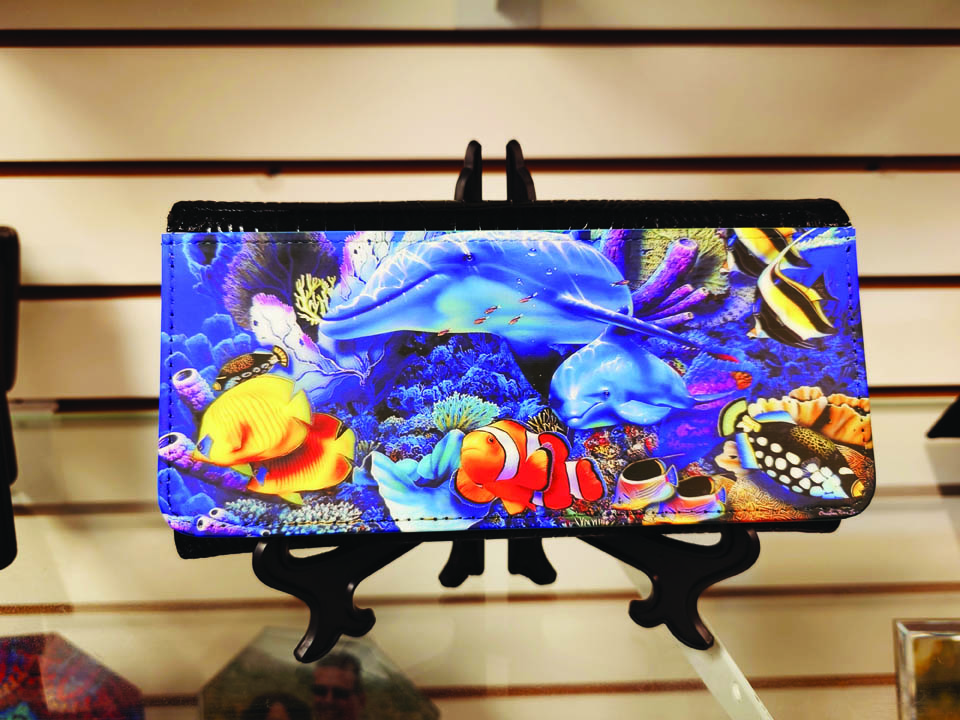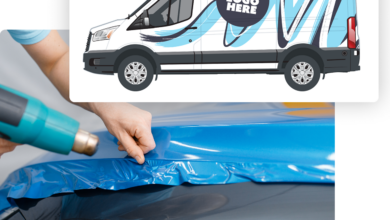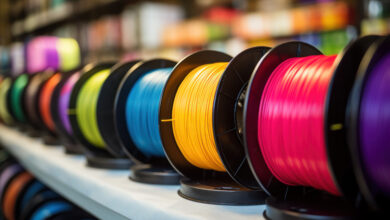Quality remains paramount in sublimation printing, where the outcome hinges on both the expertise of the finishers and the quality of materials and resolutions provided by clients. Historically, 360 DPI sufficed in the early days of the industry, particularly for reproducing flesh tones. Despite advancements in camera technology, with modern cell phones boasting anywhere between 12 to 48 megapixels and beyond, 360 DPI remains excellent for achieving high-quality prints. Effective color management and design play crucial roles in maintaining this standard. We emphasize rigorous testing on standard inkjet or laser printers for proofing, ensuring impeccable results in final production.
Time and temperature management are critical in sublimation. Temperature, uniformly set at 400 F across all substrates and heat press brands, significantly impacts the printing process. Substrates vary widely in characteristics; for instance, aluminum necessitates 45-65 seconds of pressing time, with protective film removal being essential. Thinner gauges, such as those used in jewelry and cell phone cases, reduce pressing time to just 30 seconds, optimizing efficiency without compromising quality.
Fabrics require meticulous consideration due to their varying heat absorption and release properties. While 100% polyester remains ideal for sublimation due to its ability to release full-color prints without distortion, performance garments made of polyester necessitate shorter pressing times to prevent heat damage. Standard polyester fabrics like tote bags and aprons typically require 45-60 seconds at 400 F, whereas performance garments absorb heat differently, demanding only 30 seconds of pressing time.
Ceramics, including mugs, tiles, and glass, present unique requirements in sublimation printing. As poor conductors of heat, ceramics demand longer pressing times, typically ranging from four to eight minutes depending on the item. In contrast, glass, slates, and similar items require three to five minutes at 400 F, with precise positioning during pressing crucial to achieving optimal results.
Business advantages of sublimation printing
Sublimation printing offers businesses unparalleled production efficiency, making it highly attractive without minimum order requirements. Most heat press equipment is maintenance-free, requiring only periodic application of white heat grease on pressure control knobs. Specialized printers like the SawGrass SG400 and SG800 are designed for continuous operation with minimal intervention, while others, such as Epson models with CISS systems, benefit from regular maintenance practices like daily head cleaning to ensure long-term performance reliability.
In the dynamic sublimation industry, success pivots on meticulous record-keeping, timely vendor support, and the consistent upkeep of heat press equipment. By maintaining detailed charts for time, temperature, and essential vendor contacts, businesses can guarantee the delivery of consistent, high-quality sublimation results to their clientele.
Expansion opportunities & market reach
Expanding into sublimation printing presents significant opportunities across various sectors:
Photo gifting & personalization: Originating in the photo gift industry, sublimation allows for instant customization of items such as mugs, T-shirts, jewelry, and keychains. This trend remains popular, with large chain stores often outsourcing, highlighting the potential for immediate customer gratification and cost savings through in-house production.
Sign shops: Incorporating sublimation enables sign shops to produce vibrant, multicolor signage quickly and profitably. Instant production capabilities make it feasible to offer ad-specialty, promotional, and fundraiser items on demand, expanding client offerings beyond traditional signage.
Embroidery shops: Complementing embroidery services, sublimation offers a cost-effective alternative for personalizing light-colored polyester performance apparel, tote bags, and various promotional items. This diversification opens doors to new gifting and promotional markets, enhancing business versatility.
Silk-screen (screen-printing) shops: Ideal for short-run, multicolor projects, sublimation accommodates the growing demand for micro dry-fiber garments and expands product lines to include sweatshirts, sweatpants, pet clothing, and more. This versatility meets evolving promotional needs and enhances business profitability.
Overall, sublimation printing can really empower businesses with autonomy, immediacy, and precision, underpinned by meticulous preparation and equipment maintenance. The ability to produce a wide range of customizable items instantly — from ceramics and metals to specialty fabrics — ensures businesses stay competitive in the dynamic market of ad specialty, promotional items, and personalized gifts. By leveraging the benefits of sublimation printing and maintaining high standards of quality and service, businesses can secure long-term success and profitability in this rapidly evolving industry.








